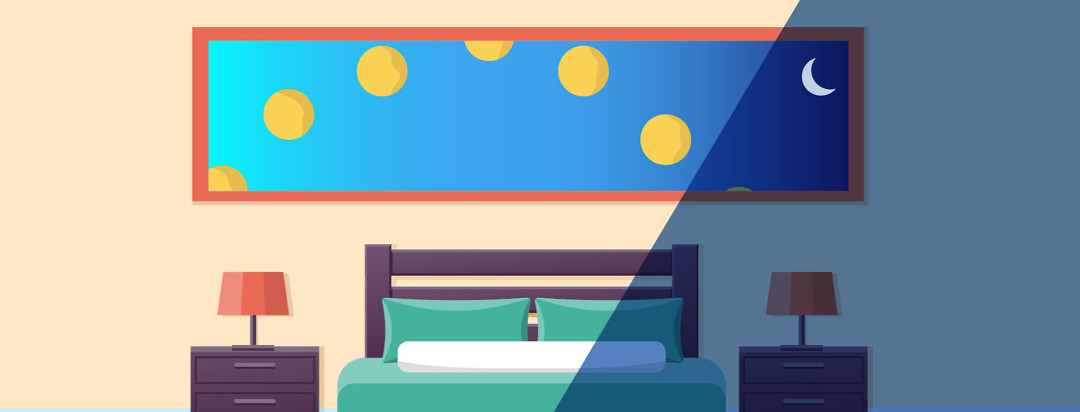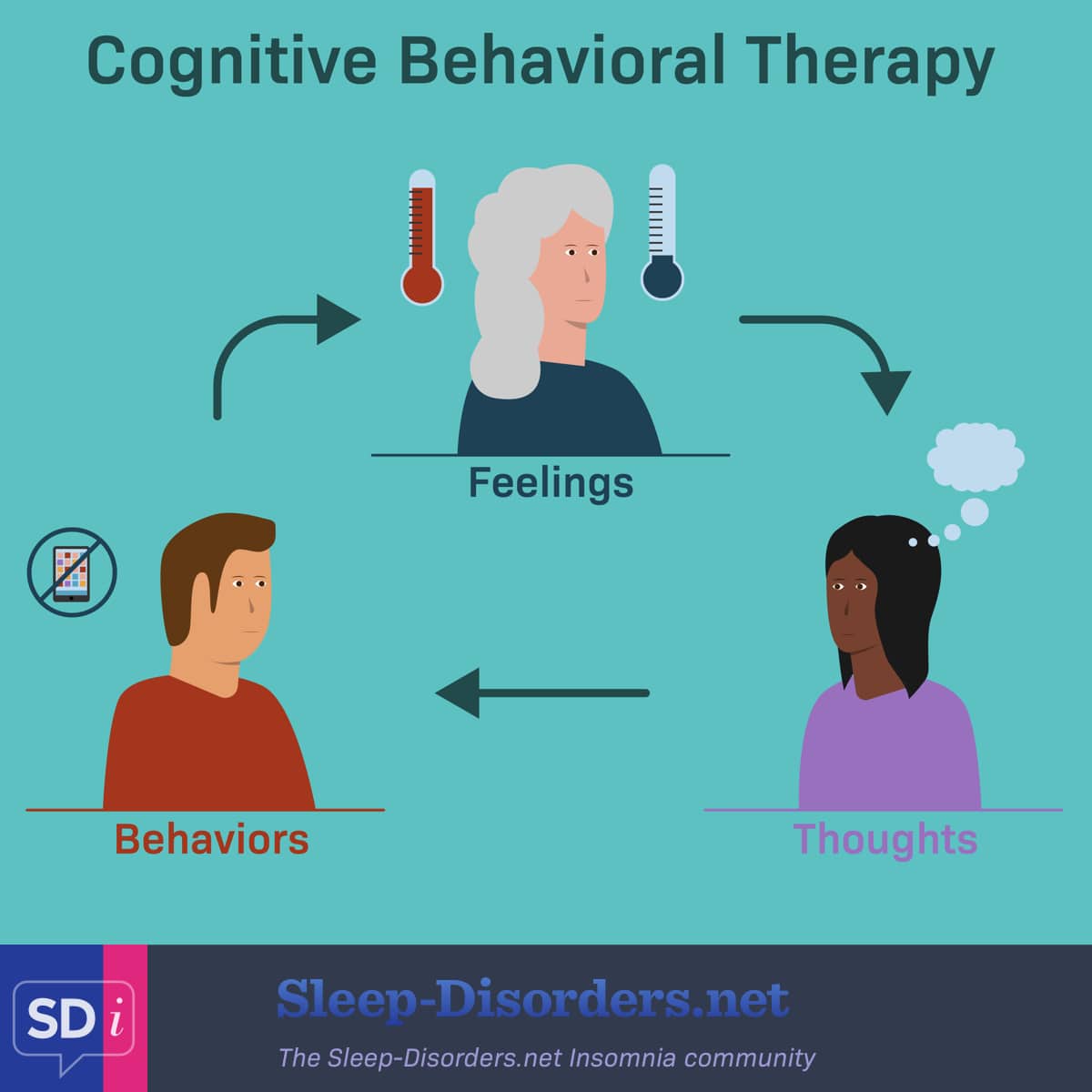Cognitive Behavioral Therapy for Insomnia
Reviewed by: HU Medical Review Board | Last reviewed: April 2024 | Last updated: April 2024
People with insomnia sometimes cope by developing habits that end up making their sleep problems worse. These habits may include:1
- Going to bed earlier and spending more time in bed
- Taking more naps
- Worrying about sleep
- Staying in bed when sleep does not come after 20 minutes
- Drinking alcohol before bed
- Blaming everything negative in their life on lack of sleep
Cognitive behavioral therapy for insomnia (CBT-I) is a tried-and-true way to improve insomnia. CBT-I helps you learn to change behaviors and thoughts that make it harder to get a good night’s sleep.2
Cognitive behavioral therapy for insomnia (CBT-I)
Cognitive behavioral therapy for insomnia (CBT-I) combines several techniques learned over several weeks. CBT-I educates the person about sleep, teaches them good sleep habits and relaxation techniques, and reduces worry about sleep. It takes time, but gradually these new habits help people with insomnia get more sleep. CBT-I can be delivered in person with a therapist or online.2
CBT-I generally includes some combination of these techniques:2
Sleep hygiene
Restoring good, basic sleep habits is often the first step in CBT-I. This includes:1
- Leaving enough time to sleep (7 to 8 hours)
- Waking up and going to sleep at the same time 7 days a week
- Avoiding caffeine, smoking, and alcohol in the late afternoon or evening
- Avoiding exercise 2 to 3 hours before bedtime
- Avoiding electronic screens before bedtime
- Keeping the bedroom as quiet and dark as possible
- Making sure the bed and linens are comfortable
- Lowering the room temperature
Stimulus control
A stimulus is anything that creates a response. Many people watch television, look at their phone, or use their computer in the bedroom before going to sleep. This keeps the brain active. It also means that the bed becomes a place that people associate with not being able to sleep.
Stimulus control teaches you to only use the bed for sleep and sex. If you cannot fall asleep after about 20 minutes, you should get up and do something relaxing. Once you feel sleepy again, go back to bed. Do not watch TV or look at electronic devices in the bedroom.
Relaxation training
Relaxation training teaches a person how to relax their muscles, breathing, and mind before sleep. With progressive muscle relaxation, the person learns to relax one muscle at a time until the whole body is relaxed. Thoughts are focused on something neutral and peaceful, such as waves or candlelight. This releases any tension and anxiety that may make falling asleep harder.
Figure 1. Cognitive Behavioral Therapy for Insomnia
Sleep restriction
Sleep restriction is just what it sounds like. You limit your sleep because you:
- Stop taking naps during the day or only allow yourself 1 short nap of less than 20 minutes
- Stop going to bed early to make up for awake time at night
This makes you even more tired at first. But over time, it helps your body reset its circadian rhythms. Gradually, you fall asleep faster and wake up less often at night.
Talk with your doctor before trying sleep restriction on your own if you have a mental health issue such as bipolar disorder. Sleep restriction can make some mental health disorders worse.
Do behavior changes work?
Studies from several countries show that CBT-I and sleep restriction improve sleep long-term. This can be especially helpful for people whose insomnia returns during times of stress. It can also be used in older adults, pregnant and breastfeeding women, and those with heart, lung, liver, or kidney disease.1,2
Have you tried CBT-I before? Was it successful or not for you? Share in this forum.

